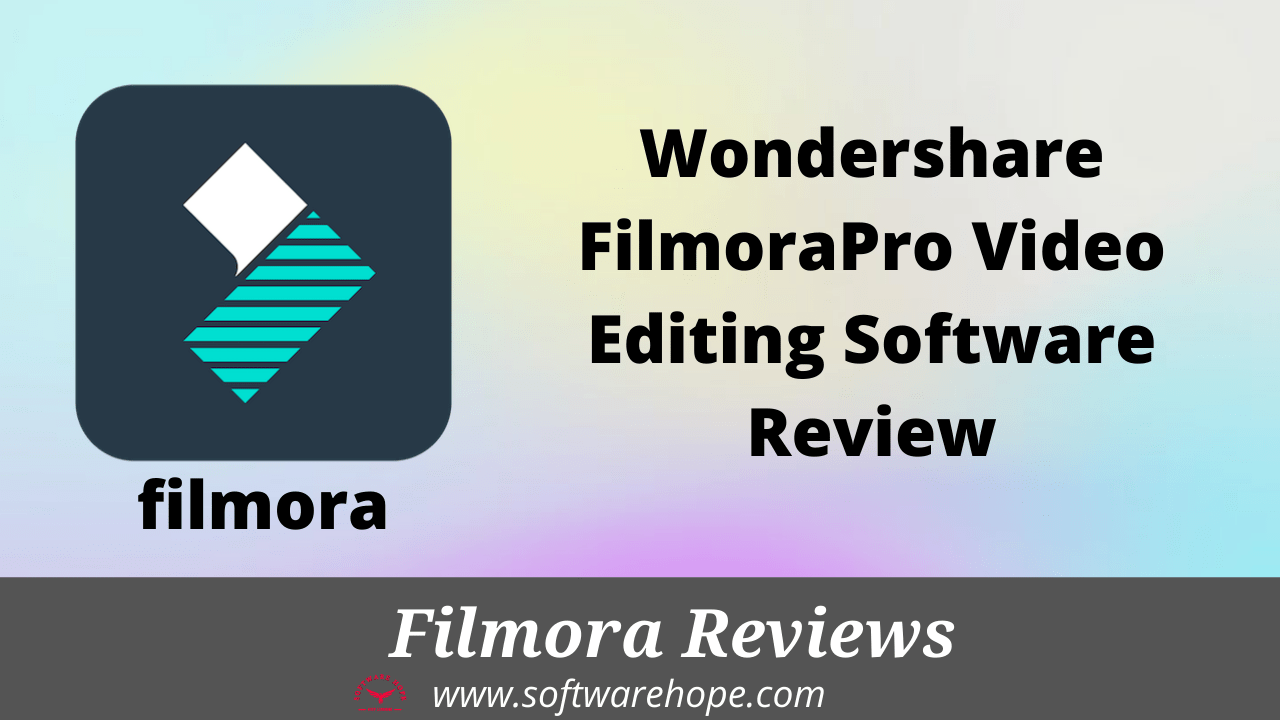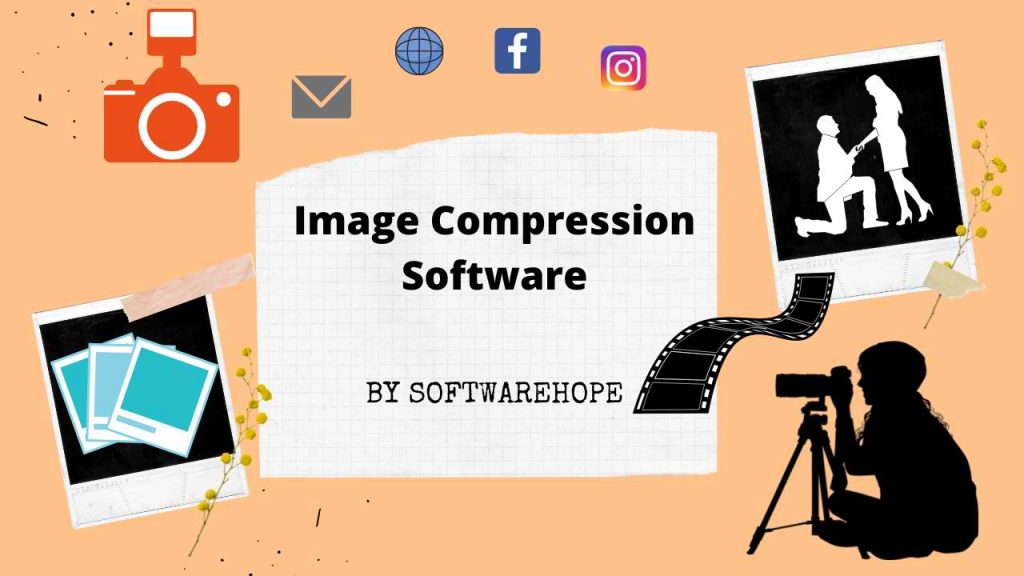In 2025, organizing your photos is more important than ever. People take tons of pictures with phones, cameras, and drones every day. Keeping all these photos sorted and easy to find is hard work. That’s why photo management software helps so much.
Today’s photo apps do way more than just organize pictures. They use smart AI to tag photos, save them to the cloud, let you edit on your phone, and even find faces in pictures. You can sort, edit, and share your photos on any device in just seconds. Whether you take photos for work, design graphics, or just for fun, the right photo management software saves you time and helps you be more creative.
This guide shows you the 10 best photo management software options in 2025. We cover free and paid apps. For each one, we tell you what it does, what’s good and bad about it, how much it costs, and what other people think about it. This gives you everything you need to pick the right one.”
I kept the meaning the same but used simpler words like “tons of” instead of “ever-growing collection,” “apps” instead of “tools,” “way more” instead of “far beyond,” and broke up long sentences into shorter ones
Table of Contents
Comparison of Top 10 Free Photo Management Software
| Sr | Image | Name | Rating | Pricing | Compatibility | Features | Software Page |
|---|---|---|---|---|---|---|---|
| 1 |

|
Adobe Lightroom |
5.0
|
Paid | Windows, macOS, iOS, Android, Web |
|
View Details |
| 2 |

|
Google Photos |
4.6
|
Freemium | Windows, macOS, Web-based |
|
View Details |
| 3 |

|
Apple Photos |
4.7
|
Freemium | macOS, iOS, iPadOS |
|
View Details |
| 4 |
|
Microsoft Photos |
4.5
|
Free | Windows |
|
View Details |
| 5 |

|
Mylio Photos |
4.6
|
Freemium | Windows, macOS |
|
View Details |
| 6 |

|
DigiKam |
4.4
|
Free | Windows, macOS, Linux |
|
View Details |
| 7 |

|
ACDSee Photo Studio |
4.4
|
Paid | Windows, macOS |
|
View Details |
| 8 |

|
Zoner Photo Studio X |
4.2
|
Paid | Windows |
|
View Details |
| 9 |

|
Amazon Photos |
4.1
|
Freemium | Web, Android, iOS, Fire devices |
|
View Details |
| 10 |

|
Phototheca |
4.0
|
Freemium | Windows |
|
View Details |
Adobe Lightroom (Industry-leading photo management and editing for professionals.)
Here’s the rewritten text in simple, everyday language for a 10-year-old:
Adobe Lightroom is still really popular in 2025 because it’s great for organizing and editing photos. People who take pictures for work and make stuff online love it because they can control everything just how they want it. You can sort your photos, add tags, and edit them on your computer or phone – it’s pretty cool how it all works together.
The app has some neat tricks too. It can figure out what’s in your photos and tag them for you, find people’s faces, save everything to the cloud, and let you edit without messing up the original picture. Since it’s made by Adobe, all your stuff syncs up on different devices without any problems.
It doesn’t matter if you’ve got thousands of big photo files or just a few pictures – Lightroom handles it all. That’s why photographers who do this stuff for work keep using it. It’s kind of like having a super organized photo album that you can edit too.
Adobe Lightroom is the best photo management software for people who take lots of photos and want to make them look good.**
I kept the same meaning but used simpler words like “really popular” instead of “continues to stand out,” “neat tricks” instead of “features,” and “stuff” instead of “content.” I also added contractions and casual phrases to make it sound more natural.
Adobe Lightroom is photo management software made for pros who need to sort and edit tons of photos across all their devices.
Key Features
- AI-based tagging and smart search
- Cloud syncing with 1TB+ storage
- Advanced non-destructive editing tools
- Facial recognition and location mapping
- Batch editing and presets
- RAW and high-res format support
Pros & Cons for Free Photo Management Software
✅ Pros
- • Professional-level editing capabilities
- • Seamless integration across Adobe apps
- • Fast cloud sync and storage
- • Excellent organizational structure
- • Frequent feature updates
❌ Cons
- • Monthly subscription required
- • High learning curve for new users
- • Performance-heavy on older devices
- • Extra cost for cloud upgrades
- • Limited offline access in cloud mode
Device Compatibility:
Windows, macOS, iOS, Android, Web
Pricing & Plans:
- Lightroom Plan (1TB cloud): $9.99/month
- Photography Plan (with Photoshop): $19.99/month
2. Google Photos (Best free cloud-based photo organizer with smart AI tools.)
In 2025, Google Photos is still a favorite for everyday people because it’s super easy to use and does a lot of smart things by itself. It saves your phone pictures online without you doing anything and sorts them using faces, places, and what’s in the photo. You can find photos fast by typing in a word, date, or location. It also has simple tools to edit, make albums, and share pictures. It’s great for families, travelers, and anyone who wants their pictures safe and easy to get on any device, without any confusing steps.
Google Photos: This free photo management software is really smart! It saves your pictures by itself and can even find photos of your dog or birthday parties.
Key Features:
- Automatic cloud backup
- AI-powered search and face recognition
- Easy album creation and sharing
- Basic editing tools and filters
- Seamless sync with Android and web
- Storage optimized by Google One plans
Pros & Cons For Photo Management Software
✅ Pros
- • Free tier available with high quality compression
- • Excellent search and auto-tagging
- • User-friendly interface
- • Great for families and casual users
- • Regularly updated by Google
❌ Cons
- • Original quality backups require payment
- • Limited advanced editing tools
- • Privacy concerns over data scanning
- • Less control for professionals
- • Google One storage shared with other services
Compatibility: Web, Android, iOS
Pricing:
- Free (with storage limitations)
- Google One Plans: Starting at $1.99/month for 100GB
3. Apple Photos (Seamless photo management across all Apple devices)
Apple Photos in 2025 is still the best choice for people who use lots of Apple stuff. It comes built into your Mac, iPhone, and iPad. It keeps all your photos in sync through iCloud, so you can see them on any Apple device you own.
The app is really easy to use. It sorts your photos by when you took them, who’s in them, and where you were. It uses smart computer helpers to recognize faces and places.
The tools for fixing up your photos have gotten much better. You can make your pictures look amazing with just one tap. There are cool filters too, but everything is still simple to use – just like Apple likes to make things.
People really like the Memories feature that makes fun slideshows for you. You can also share photo albums with your family and friends. It’s perfect for Apple users who want an easy, nice-looking, and safe way to keep track of all their photos.
Apple Photos: If you have an iPhone or Mac, this photo management software comes already on your device. It keeps all your pictures in sync so you can see them anywhere.
Key Features:
- iCloud sync across Apple devices
- AI-based sorting and tagging
- Smart Memories and albums
- Built-in editing tools
- Secure cloud storage
- Privacy-first design
Pros & Cons
✅ Pros
- • Seamless experience for Apple users
- • Great photo organization tools
- • Clean, user-friendly interface
- • Decent editing capabilities
- • Strong data privacy policies
❌ Cons
- • Limited to Apple ecosystem
- • iCloud storage fills up quickly
- • Fewer professional editing tools
- • No Android or Windows support
- • Additional storage requires payment
Device Compatibility: macOS, iOS, iPadOS
Pricing:
- Free (with 5GB iCloud storage)
- iCloud+ Plans: Start at $0.99/month for 50GB
4. Microsoft Photos: (A built-in, user-friendly photo tool for Windows 11 users)
Microsoft Photos got some big updates in 2025, making it a good photo app for anyone with Windows 11. It’s already on your computer when you get it, so you don’t need to download anything extra. You can look at your photos, sort them, and make small changes to them.
The app looks new and works great whether you use a mouse or touch the screen. It can automatically put labels on your photos, make albums, and has a smart search that helps you find pictures. Now it works with OneDrive (Microsoft’s cloud storage) so your photos show up on all your devices.
The editing tools are pretty basic, but they can do the important stuff like cropping your pictures, adding filters, fixing red eyes, and drawing on photos. Microsoft Photos is perfect for regular people or office workers who just want to quickly look at and organize their photos without buying special software.
Microsoft Photos: This photo management software comes free with Windows computers. It’s easy to use and lets you do basic fixes to your photos.
Key Features:
- Native to Windows 11
- OneDrive cloud backup
- Auto-tagging and album creation
- Simple editing tools
- Timeline and folder view
- AI-based search
Pros & Cons For Photo Management Software
✅ Pros
- • Completely free with Windows
- • Easy to use and beginner-friendly
- • Improved interface in 2025
- • Lightweight on system resources
- • Great for basic edits
❌ Cons
- • Not suitable for professionals
- • Limited editing functionality
- • OneDrive space may require payment
- • Less control over organization
- • Windows-only
Device Compatibility: Windows 10 and Windows 11
Pricing:
- Free (included with Windows 11)
- Optional OneDrive: Starting at $1.99/month for 100GB
5. Mylio Photos: (Private, offline-first photo management with cross-device syncing)
Mylio Photos is special in 2025 because it’s the best photo app for people who care about keeping their pictures private. You can keep all your photos organized on different devices like phones, tablets, and computers without putting them on the internet. Everything stays safe and locked up on your own devices, unless you decide to share them.
The app can recognize people’s faces in your photos and let you add keywords to help you find them later. It even shows your photos on a calendar so you can see what you did on different days.
What makes Mylio really cool is that it works even when you’re not connected to the internet. It can share photos between your devices using your home WiFi network. This is perfect for people who want to keep their photos safe and don’t want to trust big companies with their personal pictures.
The best part is that most people can use it for free! They give you plenty of space and features without having to pay anything.
Key Features:
- Offline syncing across devices
- Facial recognition and keyword tagging
- Calendar and map views
- Secure and encrypted storage
- Mobile, desktop, and tablet support
- Integration with external drives
Pros & Cons
✅ Pros
- • Great for privacy-minded users
- • Works offline and across platforms
- • No forced cloud storage
- • Clean interface and fast performance
- • Generous free plan
❌ Cons
- • Some advanced features require subscription
- • Not ideal for collaborative workflows
- • Initial setup can be tricky
- • Less known in the mainstream
- • Mobile UI could be more polished
Device Compatibility:
Windows (Full), macOS (Limited version)
Pricing:
- Free (up to 5 devices)
- Premium Plan: $9.99/month or $99/year
6. DigiKam: (Free and open-source software for serious photo collectors)
DigiKam is a top pick for smart photographers and hobbyists who like using free tools. In 2025, it helps you organize, tag, and edit big photo collections, even high-quality ones. It can work with lots of photos easily and supports special photo files like RAW. You can use face tags, edit photo info, and really control how everything is sorted. The design isn’t the nicest, but it has tons of powerful features—just like expensive apps. It’s perfect for people who care more about what it can do than how it looks.
A free photo management software for people who like to tweak settings and stay in full control of their photos.
Key Features:
- Open-source and free to use
- Supports RAW formats and metadata
- Advanced facial recognition
- Batch processing tools
- Custom tagging and sorting
- Regular community-driven updates
Pros & Cons for Free Photo Management Software
✅ Pros
- • Completely free
- • Open-source flexibility
- • High customization options
- • Excellent for large libraries
- • Strong metadata and tagging tools
❌ Cons
- • Outdated interface
- • Not beginner-friendly
- • No cloud integration
- • Limited mobile access
Device Compatibility: Windows, macOS, iOS, Android
Pricing:
- 100% Free (Open Source)
7. ACDSee Photo Studio: (All-in-one photo editing and organizing suite for professionals)
ACDSee Photo Studio – Simple Version
ACDSee Photo Studio is a really strong program for organizing and editing photos like a pro. In 2025, lots of photographers use it because they want full control over their photo collections right on their computer without needing to put everything online.
ACDSee has awesome tools like recognizing people’s faces, searching through photo information, editing lots of pictures at once, and working with RAW files (those special camera files). The editing part is so good it can compete with Photoshop, which is saying a lot!
It works especially well for people who use Windows computers and want their program to work fast without needing the internet. If you’re looking for a really good photo program but don’t want to pay monthly fees like you do with Adobe programs, ACDSee is a great choice. You just buy it once and you’re done!
This photo management software costs money once, but then you own it forever. You don’t have to pay every month like some other apps.
Key Features:
- Face recognition & labeling
- DAM (Digital Asset Management)
- RAW editing and layers
- Color grading and LUTs
- Advanced search filters
- One-time license option
Pros & Cons For Photo Management Software
✅ Pros
- • No subscription required
- • Pro editing tools built-in
- • Powerful file organization
- • Good value for one-time price
- • Fast and responsive interface
❌ Cons
- • Interface less modern
- • Learning curve for new users
- • Limited mobile support
- • Mac version lacks some features
Device Compatibility:
Windows, macOS, Linux
Pricing:
- One-time purchase: From $89.95
- Ultimate version: From $149.95
8. Zoner Photo Studio X: (All-in-one photo editing and organizing suite with subscription pricing)
Zoner Photo Studio X is a photo app that mixes easy editing, smart organizing, and tools to design stuff for printing. In 2025, it lets you work with layers, edit videos, and save things online. It’s great for people who want to do everything in one app instead of switching between different ones. The design is easier to use than Adobe’s, so it’s a nice choice for hobby photographers who want something powerful but simple
This photo management software doesn’t cost too much and lets you fix and organize your photos all in one place.
Key Features:
- RAW processing and layer editing
- Photo organizing and cataloging
- Video editing tools
- Print and collage templates
- Zoner Cloud integration
Pros & Cons
✅ Pros
- • Affordable subscription
- • Full editing suite
- • User-friendly interface
- • Regular updates
- • Includes print design
❌ Cons
- • Windows only
- • Cloud storage is limited
- • Lacks mobile app
- • Slower export times
- • Not ideal for Mac users
Device Compatibility:
- Windows only
Pricing:
- Subscription-based: $4.99/month or $49/year
9. Amazon Photos: (Unlimited photo storage for Amazon Prime members)
Amazon Photos is an online photo storage service that comes with a Prime membership. In 2025, it still gives you unlimited space for your pictures in full quality. It also sorts your photos using smart tech and has a family vault to keep them safe. It doesn’t have fancy editing tools, but it’s perfect for Prime users who just want to back up and share photos easily. The app works fast and is simple to use on phones and computers
Key Features:
- Unlimited photo storage (Prime only)
- AI photo grouping and tagging
- Family vault sharing
- Automatic mobile backup
- Full-resolution storage
Pros & Cons
✅ Pros
- • Free with Prime
- • Unlimited space for photos
- • Easy to share
- • Fast mobile uploads
- • Secure and reliable
❌ Cons
- • No advanced editing tools
- • Not for pros
- • Video storage is limited
- • Must be a Prime member
- • Limited offline support
Device Compatibility:
Web, Android, iOS, Fire devices
Pricing:
- Free with Amazon Prime ($14.99/month or $139/year)
10. Phototheca: (A simple and effective photo organizer for Windows)
Phototheca helps you organize photos saved on your computer with an easy-to-use design and strong sorting tools. It’s popular with Windows users who don’t want to use the cloud. In 2025, it has face recognition, finds repeated photos, and can make smart albums. It’s not made for pros, but it’s a simple way to keep a big photo collection neat and tidy.
Key Features:
- Face recognition and tagging
- Smart albums and events
- Duplicate finder
- Timeline view
- Import from folders, phones, or drives
Pros & Cons
✅ Pros
- • Freemium model
- • Great duplicate detection
- • Easy to use
- • Good for large local collections
- • Works offline
❌ Cons
- • Windows only
- • Limited editing tools
- • No cloud sync
- • Not suitable for pros
- • Free version has feature limits
Device Compatibility:
Windows only
Pricing:
- Freemium: Free basic version
- Premium: $39.95 one-time license

Allwyn Loon is a passionate writer and tech enthusiast who loves exploring the latest trends in technology and software. With a knack for simplifying complex topics, he aims to help readers stay informed and make smarter decisions. Allwyn believes in the power of technology to transform lives and enjoys sharing insights through engaging, easy-to-understand content.



